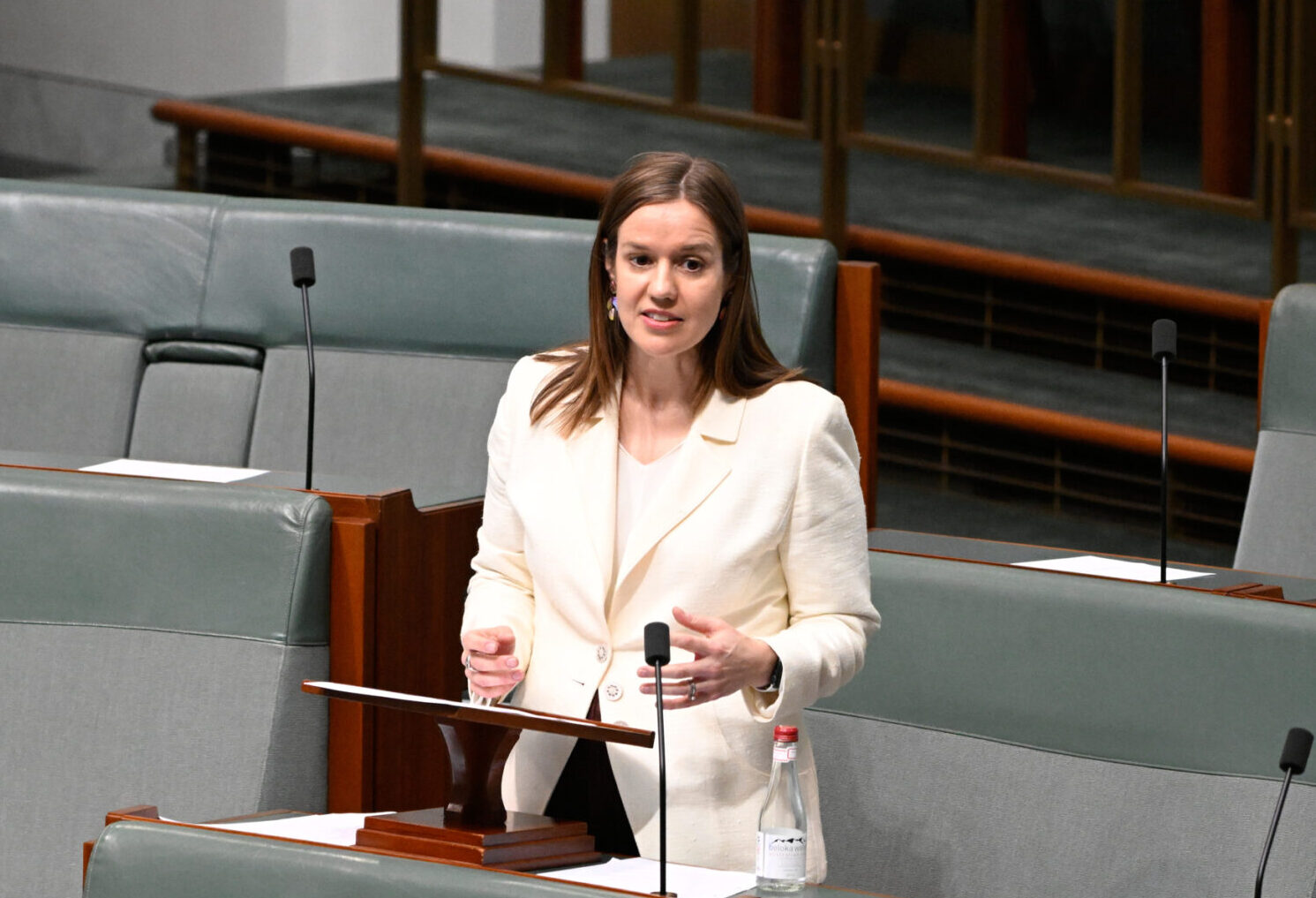I move:
That this House:
(1) acknowledges the most recent research from the Workplace Gender Equality Agency showing that the gender pay gap in Australia impacts women across every industry, in every occupation, and at every age and life stage;
(2) recognises that Australian women continue to be left behind in relation to the gender pay gap;
(3) commends the government’s commitment to closing the gender pay gap, including:
(a) establishing an independent Women’s Economic Security Taskforce to help inform budget investments in advancing economic equality;
(b) making gender pay equity an object of the Fair Work Act 2009;
(c) requiring large companies to publish their gender pay gaps; and
(d) backing a real pay rise for aged care workers, who are overwhelmingly women, and look to provide backing for similar industries; and
(4) notes that there remains significant work to do to end gender inequality, and that initiatives such as reform to paid parental leave are worthy of consideration in pursuit of this aim.
It has not been a good decade for Australian women when it comes to the gender pay gap under the previous Liberal-National governments. In fact, the latest research released just a few weeks ago by KPMG shows that the gender pay gap in Australia is now worth almost $1 billion a week, or $51 billion a year. The report shows women are paid, on average, $2.55 an hour less than men. Of course, this has serious consequences for women at every stage of their working lives. It means that too many women who have spent their lives balancing work with caregiving for children, for elderly relatives and for others are facing older age in poverty and are at risk of homelessness. We do know that caregiving is a real factor in the gender pay gap and where that gap exists. Recent data from the Workplace Gender Equality Agency shows that the gender pay gap widens when women turn 35, an age when many women are caring for children, with women earning $7.78 for every $10 earned by their male counterparts. This disparity worsens over the next 10 years. This is one of the main reasons why there’s more work to be done on how we support women to balance work and family in this country.
Australia’s Paid Parental Leave scheme is a great Labor legacy. It’s given women—particularly women in low-paid and insecure work—the opportunity to spend more time caring for their children. But it’s now been more than a decade since my predecessor, the former member for Jagajaga, Jenny Macklin, introduced that game-changing reform, and it’s time for an update. We do need a scheme that supports women—and men—to take time out of the workforce. Evidence from overseas shows us that the best way to do this is through a use-it-or-lose-it provision, so that we start to rebalance work and caring roles in our society, so it’s not just women who take time out of our workplace and so that it’s not taken as a given that a woman will interrupt her working life for an extended period of time—a year when her baby’s born, working part-time until her children are eight—while absolutely nothing changes for men. Research from the OECD shows that those countries that include a non-transferable portion of leave, which must be taken by a father in their PPL schemes, have a higher uptake of men taking leave than those that don’t. The research also shows us that, where dads participate more in child care and family life, children are better off and dads report greater life satisfaction. So this is a win-win-win, and it’s an area that I hope our government will be able to act on over our term.
The previous government failed to close the gender pay gap. As a result, we have a massive wasted opportunity in this country. We have some of the most educated women in the world. And yet we have some of the lowest rates of women’s participation in the workforce in the world. What a waste. Australian women are getting educated and are ready to work, and then they’re coming up against a system that doesn’t pay them as much as their male counterparts and actively discriminates against them when it comes to caring. We can do so much better.
I’m so proud to be part of a Labor government that will be different; that will do this work; that will make gender pay equity an object of the Fair Work Act; that will establish an independent women’s economic security task force to help inform our investments in economic equality; that will strengthen the ability and capacity for the Fair Work Commission to order pay increases for workers in low-paid industries, such as aged care, most of which are dominated by women; that will introduce legislation that requires large companies to publicly report their gender pay gap, prohibit pay secrecy clauses and give employees the right to disclose their pay if they want to; and that will act on the gender pay gap within the Australian public service.
These are game-changing reforms. These are the things that will help Australian women catch up. That will start to close that gender pay gap, and that will allow us to look as a community and a society at how we balance roles across work and family so that both men and women get these opportunities to be productive parts of our workforce but also to be the people who care for our families, our children and our elderly. There is value in this work as well. As a community, we must make sure that we value women’s contribution in the workforce and that women are paid properly for that contribution in the workforce so that they don’t end up in poverty.
